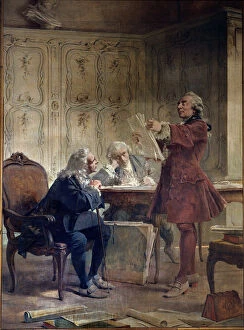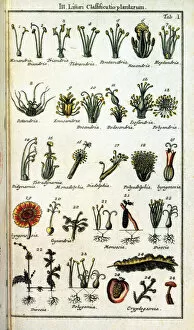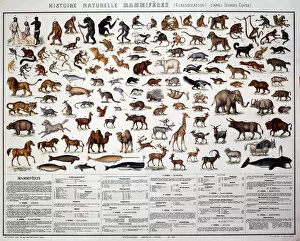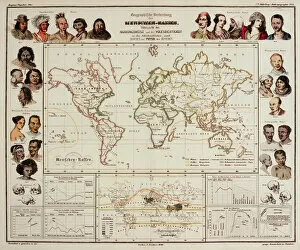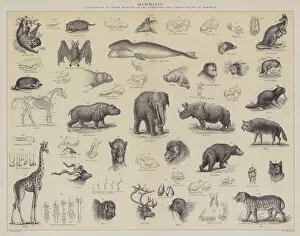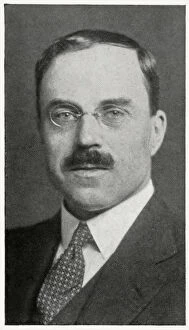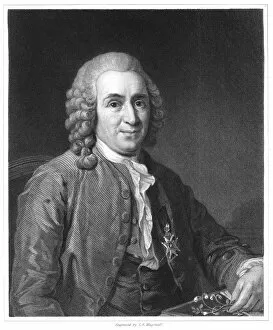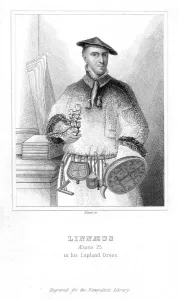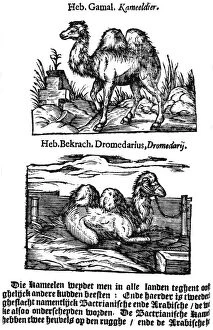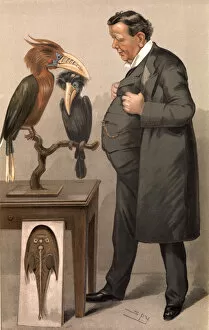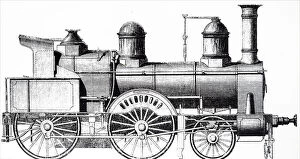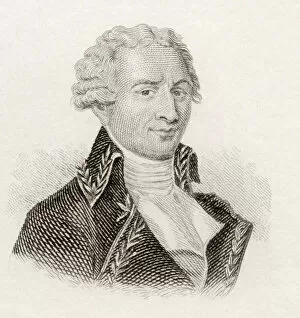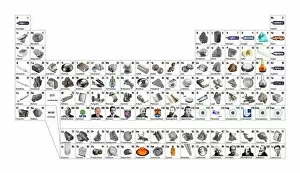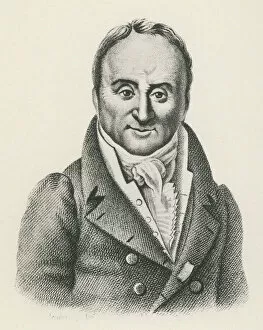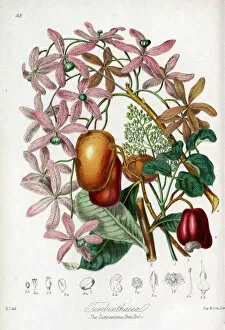Classification Collection (page 4)
"Unveiling the Secrets of Nature: The Art and Science of Classification" From ancient times to modern days
All Professionally Made to Order for Quick Shipping
"Unveiling the Secrets of Nature: The Art and Science of Classification" From ancient times to modern days, humans have sought to understand and organize the vast diversity of life forms that surround us. This quest for knowledge led to the development of various classification systems throughout history. One of the earliest attempts at systematic they are be traced back to Carl Linnaeus, a renowned Swedish botanist. His groundbreaking work "Systema Naturae" published in 1736 introduced a method called "Methodus plantarum sexalis in sistemate naturae descripta, " which classified plants based on their reproductive organs. As scientific understanding expanded, so did our need for more comprehensive classifications. In 1793, another significant milestone was reached with the creation of the standard periodic table by Dmitri Mendeleev. This revolutionary tool organized chemical elements according to their atomic numbers and properties, providing scientists with invaluable insights into matter's fundamental building blocks. Not limited to just plants and chemicals, classification extended its reach into astronomy as well. A diagram showcasing spectral class and luminosity allowed astronomers to categorize stars based on their characteristics, shedding light on celestial phenomena like never before. Beyond science-specific domains, other fields also embraced classification systems. One such example is Melvil Dewey's Dewey Decimal System developed in 1876 for library organization. By assigning numerical codes to subjects across various disciplines, this system facilitated easy access and retrieval of information from libraries worldwide. In addition to these historical milestones, advancements continued into the realm of biology with Linnaeus' further contributions towards classifying organisms based on sexual reproduction patterns – exemplified by his study on Onagraceae or Evening Primrose depicted in Plate Moreover, Plate 20 showcases how microscopic marine organisms were meticulously categorized in lithographic form during early twentieth-century research efforts. These intricate illustrations provided valuable visual references aiding scientists' understanding of marine biodiversity.

